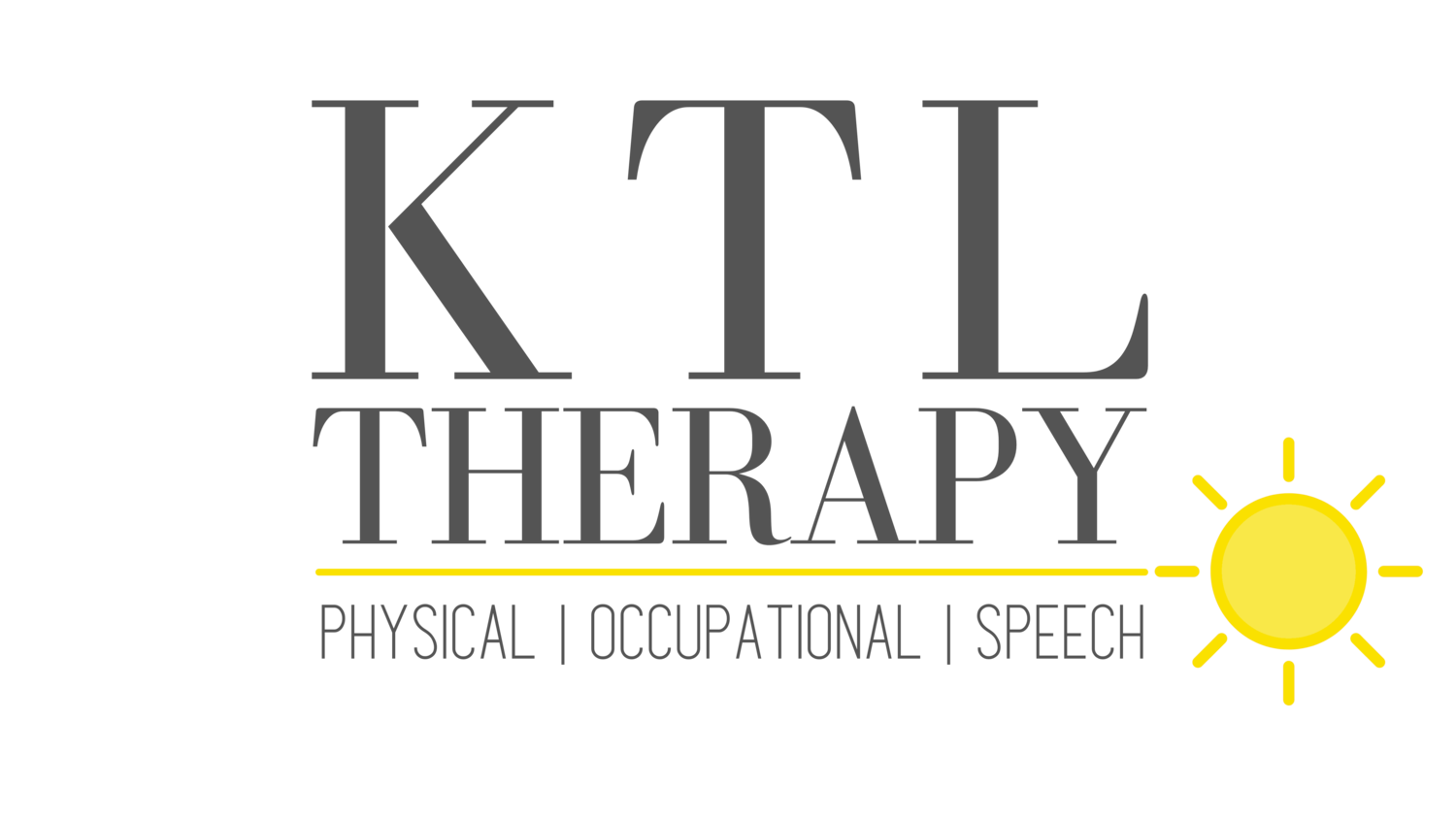Body Awareness in Early Childhood
Body awareness is the understanding of how our bodies move in space and placement.
Spatial awareness of our bodies helps us to relate to objects around us and people in our environment. This is important for basic skills of movement and coordination. It is linked to the sensory system that provides input to our joints and muscles, also known as our proprioceptive system.
Awareness of our bodies tells us how far we need to reach for a pencil or how close to stand to another person in line. It also helps us avoid obstacles when walking and play games involving movement including sports, climbing on the playground, and learning new motor actions.
How do I know if my child struggles with body awareness?
If your child:
appears clumsy or uncoordinated
bumps into objects frequently
stands close to others
has difficulty perceiving right and left
has difficulty following motor directions or mimicking motor movements
has difficulty participating in sports
has difficulty learning new fine and gross motor activities
3 Activities to Help Your Child Develop Body Awareness
Do Physical Activities
carrying, pushing, or pulling appropriately heavy objects for their age (e.g., backpack, groceries, laundry basket, toy basket, couch cushions, etc.)
navigating over, under, around, and in between objects on an obstacle course
wheelbarrow walking
Play Games That Identify Body Parts
sing and dance to “Head, Shoulders, Knees & Toes”
play with Mr. & Mrs. Potato Head, naming the body parts as they put them on
draw a picture of a person, naming the body parts as they are drawn
play Simon Says
1) start with one-step movements (e.g., shake your head, wiggle your fingers, etc.)
2) use movement instructions (e.g., touch your knee, touch your elbow, etc.)
3) use more complex movements (e.g., touch your right elbow, touch your nose, etc.)
Mirror Games
follow the leader
make silly faces and poses in the mirror
mimic each other - have your child mimic you, then have them think of movements they can do for you to mimic
Concerned about your child’s fine and gross motor skills? KTL’s occupational therapists can help!





